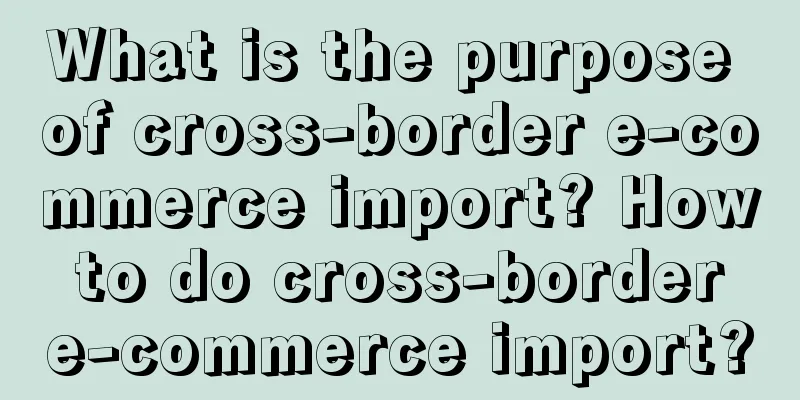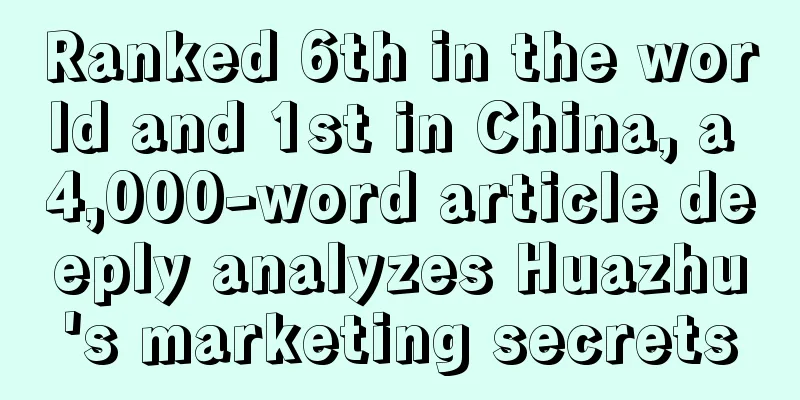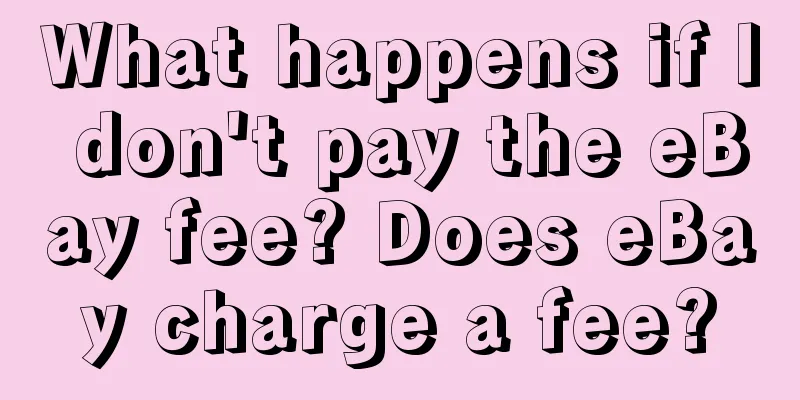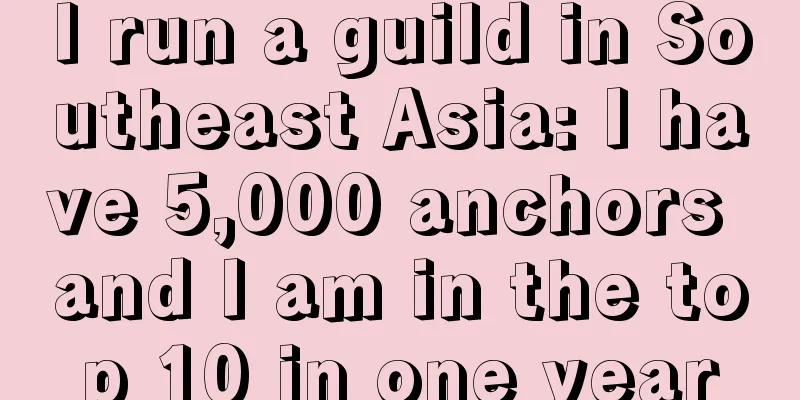Are the good days of 9.9 yuan a cup of coffee over?

“Low prices are the worst option. Kudi Coffee price has increased! Since February 2023, Kudi Coffee, known as the "second Luckin Coffee" in the industry, has launched multiple promotions for all its products at 9.9 yuan, and the intensity of the promotions has been increasing. In June, it even launched a miraculous discount event for new users to drink coffee for 1 yuan. However, there have been reports recently that starting from July, the price of Kudi products will be increased by 1 to 2 yuan, the group purchase price of 8.8 yuan will increase to 9.9 yuan, the popular product Pampas will increase to 14.9 yuan, and the coupons given to new users will also be adjusted to 8.8 yuan coupons. At the same time, a blogger on TikTok revealed in his video that "Kudi Coffee has begun to settle with suppliers through bank acceptance bills." If this revelation is true, it means that even if Kudi Coffee's cash flow has not dried up, there is definitely pressure. According to Tianyancha, on March 9, a new person to be executed was added to the information of Kudi founder Lu Zhengyao, with an execution target of 1.084 billion yuan. As of June 20, a total of 2.292 billion yuan had been executed. In this regard, the outside world generally believes that "he has no money." On the one hand, the subsidy war, which lasted less than half a year, seems to be running out of steam; on the other hand, cash flow is stretched to its limits. We can't help but wonder: How long can the price war in coffee last? Why was Luckin Coffee able to turn things around and be the first to achieve its goal of 10,000 stores, while Kudi Coffee seems to have a much harder time? In addition to the price war, can brands find other ways to break out? 1. The lower limit of price warSince Cudi debuted, the industry’s evaluation of it has been surprisingly consistent: the second Luckin Coffee. However, does the market need another Luckin Coffee? The answer is not clear. The first question: How much money can you afford? All coffee chain brands, whether they want to occupy people’s minds by subsidizing consumption or to accelerate expansion by grabbing territory, all depend on how many financial backers are behind them. Luckin Coffee was founded in 2017, when the coffee market was far less crowded than it is now and could be considered a blue ocean. More and more consumers were drinking coffee, and everyone was still scratching their heads about "Starbucks is too expensive." Luckin Coffee's successful debut was based on such a favorable time, place, and people, and it won the hearts of consumers with a low-price model. Luckin Coffee has been established for 6 years and has completed equity financing of up to 2.3 billion US dollars. In other words, Luckin Coffee burned enough money at the right time to achieve the current situation. The huge first-mover advantage enabled it to quickly occupy the minds of consumers, and with sufficient capital support, years of subsidies also allowed Luckin Coffee to fight a price war while focusing on deepening its product line. However, Cudi's piggy bank does not seem to be well-off. The founder of Kudi is Lu Zhengyao. Who is Lu Zhengyao? Lu Zhengyao, the former chairman of Luckin Coffee, current chairman and CEO of UCAR and chairman of Beijing Borgward Automobile Co., Ltd., who created the Luckin brand, is a highly controversial figure. From a positive perspective, he did enable domestic coffee brands, led by Luckin Coffee, to quickly stand on equal footing with international giants in a short period of time, and it can be said that he opened the door to the dream of domestic coffee. However, at the end of January 2020, Luckin Coffee was exposed by an anonymous short-selling organization for its financial fraud, which shocked people at home and abroad. Not only did Lu Zhengyao's own credit qualifications fail, but all Chinese companies listed overseas were criticized, and it was also a dark cloud for companies that wanted to list overseas in the future. After the fraud scandal, Lu Zhengyao was expelled from Luckin Coffee. Since then, Lu Zhengyao has never been forgiven by the capital market on his entrepreneurial journey. Whether it was Qu Xiaomian or the pre-prepared food "A Tongue Hero", Lu Zhengyao's failure was as fast as mercury pouring out. This time, when he returned to the coffee market, Lu Zhengyao still failed to win the favor of investors, and the fact that Kudi has not received any financing so far also explains everything. The second question: Will the low-price effect diminish at the marginal level? Kudi may not be convinced: Luckin is cheap, but I am cheaper than Luckin! Why wouldn’t consumers choose me? The conclusion is simple: this is a different time, that is a different time. Five years later, the coffee market is already in oversupply, with affordable coffee available everywhere. Well-known coffee chain brands are reaching more middle and low-end groups with a variety of preferential policies. Compared with Starbucks, which costs more than 30 yuan per cup, Luckin Coffee, which costs only a dozen yuan per cup, is more attractive. But can Kudi, which costs only 9.9 yuan per cup, still have the same attractiveness as Luckin Coffee? Not necessarily. Compared with the price difference between high-end and mid-range, consumers are much less sensitive to the price difference between mid- and low-end products. Conversely, they may question it because it is too cheap. Li Dong, chief financial officer of Tims China, expressed a similar view. He believed: "If the price of coffee is around 10 yuan, consumers will not think it is a professional or high-quality coffee." In Li Dong's view, Luckin and Kudi's products should be priced at 14 to 15 yuan. The third question: How long can the strategy of small profits last? From coffee beans, coffee machines to store operations, to finally serving a cup of coffee, there is a bottom line for the cost. If you want to make a cup of specialty coffee, the cost will undoubtedly rise further. If consumers do not care about the quality of coffee, they can choose cheaper instant coffee. However, consumers who have certain requirements for the taste and choose to buy freshly ground coffee will still be picky when choosing products. Therefore, "cheap, but not too cheap" has become the strategy of most chain brands. Even Luckin Coffee, which quickly captured the market with its low prices, is gradually raising its prices. Although there are large discounts intermittently, the intensity of Luckin Coffee's subsidies is declining. The 18% and 38% discount coupons that were originally received every day have turned into regular 50% and 58% discounts. Luckin Coffee's overall unit price is rising. From a long-term perspective, with the increase in material costs caused by inflation, 9.9 yuan per cup cannot become a stable long-term price, and the Lucky Coffee price as low as 5 yuan is even more worrying. Since the beginning of this year, many franchisees on Xiaohongshu and Douyin have complained about losing money after joining Kudi Coffee. One franchisee revealed that "now the operation market is all green", and after Douyin stopped offering 18% off coupons, sales have dropped significantly. According to the calculation of Bedo Finance, under the price model of 9.9 yuan per cup, it takes more than 9 years for the store-in-store with the lowest investment in Kudi to pay back the investment, and the brand store with the highest investment takes up to 37 years to pay back the investment. Once profitability is lost, it is only a matter of time before franchisees leave; and if a large number of franchisees withdraw, Kudi's dream of 10,000 stores will naturally be shattered. The end of the price war is sustainable development pricing, not self-imprisonment. 2. The core of 10,000 stores lies in 1Since Luckin Coffee opened 10,000 stores, the dream of 10,000 stores seems to have become a standard slogan in the coffee industry. Kudi has called for "opening 10,000 stores in three years"; Nova Coffee's mid-term goal is to "have more than 30,000 high-quality stores by 2030"; and Tims China's goal is to open 10,000 stores in the next 5 to 10 years. It seems to have become an iron rule that a coffee chain that doesn’t want to have tens of thousands of stores is not a good one. Everyone knows that scale effect and brand effect complement each other. However, one thing that needs to be made clear is that the model of exchanging scale for market has a premise, that is, the core of catering is always the product. Only when the product is done well can it be 1, and only then can there be 10,000 stores. Otherwise, everything will return to 0. Cudi wanted to replicate Luckin's success, but he overlooked one point: in essence, although Luckin's success is inseparable from the foundation laid by its low-price strategy, it is by no means just about price wars. Luckin Coffee really experienced explosive growth and became popular on a large scale in 2021, because in the summer of that year, Luckin Coffee’s first phenomenal hit product, Raw Coconut Latte, was born. The fresh coconut latte, which was launched as a new product at the time, had a unique taste in the market and received a lot of praise. Most stores were even out of stock every day. On June 30, 2021, Luckin Coffee announced that the monthly sales of fresh coconut latte exceeded 10 million cups, setting a new sales record for new products. Before the launch of the Raw Coconut Latte, Luckin’s menu consisted almost entirely of basic coffee, and the only distinctive item was the Meteorite Latte. In order to develop new products, Rising adopted a horse racing mechanism internally: one coffee R&D team specializes in developing classic coffee; four parallel beverage R&D teams launch new beverage coffees through a competition mechanism. Researchers will digitize indicators such as sweetness and aroma, turn their understanding of coffee into quantitative algorithms, and combine massive order data from stores, apps, and mini-programs to profile user preferences and evaluate the feasibility of new products. New products that emerge after careful selection are more likely to become hits. Starting with the raw coconut latte, the entire raw coconut series has become Luckin's signature product and has attracted imitation from almost all peers in the industry. Since then, raw coconut has become a permanent guest on the menus of many coffee brands. Since then, Luckin's new products have been launched more and more frequently, such as whipped cream latte, Biluo Zhichun latte... More and more people have been checking in on Luckin's new products on Xiaohongshu. They are willing to spend money to try Luckin's new products, not because Luckin is so cheap, but simply because they "want to drink" and "try new products if they are available." When price is no longer the first consideration in attracting consumers, a brand can be said to have truly established its moat. 3. Options other than low priceFaced with the two old-fashioned topics of coffee quality and price, it is often difficult for non-leading brands to find a breakthrough. After all, after a long period of development, leading brands have formed certain barriers. So, is there any other way besides price war? The answer is: "coffee +" model. On the one hand, coffee + is the only way to expand the product line; on the other hand, if consumers are willing to buy some food when they buy coffee, the increase in customer unit price will undoubtedly be very significant. Although there are many types of coffee + combinations, at this stage, bread and light meals are still the most core sub-sections. Take Tims as an example. The brand knows that in the short term, the gap between them and Starbucks is huge, whether in terms of popularity or number of stores. Therefore, Tims China tries to occupy the customer base during breakfast and lunch time periods with the combination of "coffee + warm food". Tims has a relatively rich variety of warm food in the current market. In addition to the popular bagels, wraps and other products have also been adjusted to suit the local customs of Chinese consumers. In terms of price, its coffee + food price-performance ratio is competitive among international coffee chain brands. The 19.9 yuan bagel set meal provides a large amount of sales for the store during breakfast hours. In addition, with the completion of the acquisition of the well-known fried chicken brand Popeyes China, Tims China's brand matrix is also expanding. Whether the novel combination of coffee and fried chicken can create sparks remains to be seen, but Tims' development strategy is already clear: for a long time to come, bagels, fried chicken and other not-so-common coffee shop elements will continue to be the main battlefield for brand differentiation. In addition to the conventional coffee + food strategy, coffee brands have other new tricks. From June 25th to July 9th, LV teamed up with three coffee shops to create the Louis Vuitton pop-up bookstore. The coffee brands include Manner, Plusone and Metal Hands. The books sold in the three stores are the same, but the coffee is different. If you buy a book or picture album, you will get a canvas bag with the brand logo printed on it. The three stores have three different colors of eco-friendly bags. The lowest price of a book in the bookstore is 290 yuan, and the highest is nearly 20,000 yuan. Consumers who buy two books will get a free LV canvas bag. Therefore, if you want to get an eco-friendly bag, you need to spend at least 580 yuan. In addition to attracting attention, the collaboration with LV also enhances the tone of the coffee brand and creates a high-end brand positioning. Of course, the brand positioning is built on the foundation of coffee. The three coffee shops jointly launched with LV for the Louis Vuitton pop-up bookstore all serve boutique coffee. It is precisely because of the boutique tone that there is hope of converting short-term traffic into long-term customer flow resources. Lu Zhengyao wants to replicate the glory of Luckin Coffee, but to this day, he is still only at the superficial stage of replicating the price war. If a coffee brand wants to replicate a price war, it must first have sufficient capital and second have sufficient time. For any coffee brand, engaging in a temporary price war in an already competitive market is not a good idea. It is already difficult for investors to focus their firepower on a single brand, which means that other brands do not have as much money and time as the pioneers. Everyone wants to have 10,000 stores, but it is not a bad thing if you cannot have 10,000 stores right away. Some people can go the route of store quantity, while others can go the route of boutique quality. A hundred flowers blooming is the future of the coffee industry. If you want long-term stability, products will always be the most simple and powerful. Author: Koala is a Deer Source: WeChat public account "New Retail Business Review (ID: xinlingshou1001)" |
<<: 6 steps to teach you how to activate a "dead" group in your private domain!
>>: The cost of advertising on Xiaohongshu is getting higher and higher? How to manage traffic?
Recommend
How to fill in the Amazon address? Any suggestions?
As the world's largest cross-border e-commerce...
Can I get a product back after it’s deleted by Amazon? Detailed answer
Some Amazon merchants accidentally delete products...
How to optimize Shopify product titles? What should you pay attention to?
There are many cross-border e-commerce platforms a...
Can JD.com’s “Dark Moon and Strong Winds” pave the way for Double Eleven?
JD.com launched the "Dark and Windy" eve...
Chinese Partners
On July 25, Dongfang Zhenxuan announced that Dong ...
The history of Coconut Tree Advertising: raking in 5 billion in 25 years, getting more and more excited with each fine
This article reviews and summarizes Coco Tree’s 25...
How much money have those who have become VVIP members of "Singer" wasted?
Recently, the popularity of "Singer 2024"...
When many apps enable automatic renewal
I believe that everyone has more or less encounter...
13 valuable practical experiences in the current consumer goods market
In this article, I will share 13 very valuable pra...
The home furnishing sector is booming, who has reaped the benefits of content?
In the era of self-media, competition in the furni...
Buddha, lying down, going crazy and being indifferent
Recently, the discussion about i-people and e-peop...
The joint product of HEYTEA and FENDI has been all over the WeChat Moments. Is the popularity due to the “luxury feel”?
Recently, HEYTEA cooperated with Italian luxury br...
Lao Xiang Ji’s marketing is so advanced!
Because of an accidental "coffee spill",...
How to set up a Shopee add-on discount? Which products are suitable for add-on discounts?
Increasing the add-to-cart feature on the Shopee p...
[Experience Frontline] How does customer experience help companies capture customers’ decision-making minds?
The discussion of customer experience and customer...









